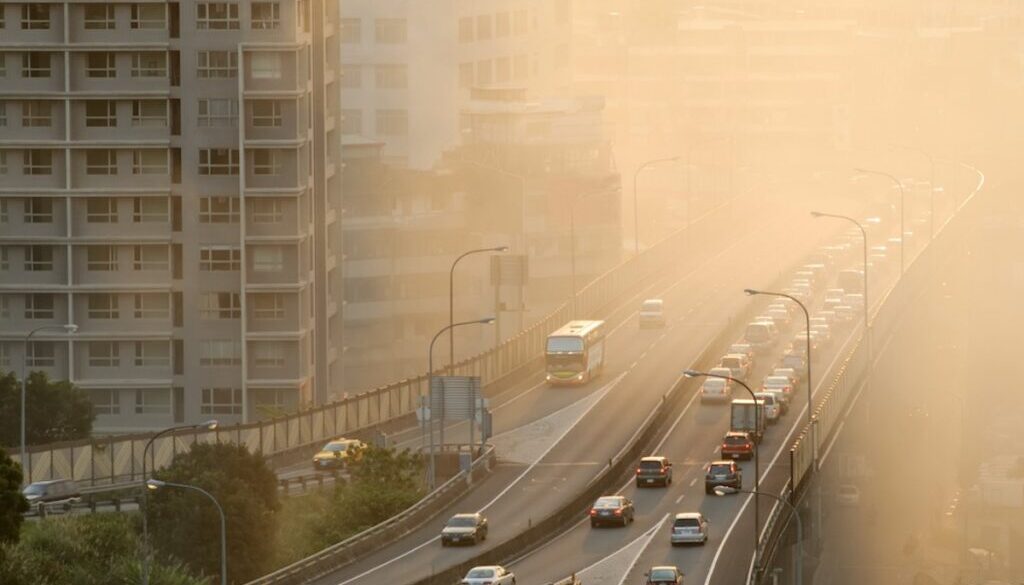Justices question scope of EPA’s power to regulate utility greenhouse gases
The U.S. Supreme Court heard oral arguments on February 28 in a case debating the Environmental Protection Agency’s (EPA) Clean Air Act power to regulate greenhouse gases, a case in which the ruling is likely to have significant implications for the Biden administration’s plan to fight the climate crisis.
A West Virginia-led coalition of states wants a ruling from the court that would curtail the EPA’s authority, but faces pushback from the agency and some of its unlikely utility industry allies.
The questioning during argument often fell along typical ideological lines, with some conservative justices hinting that they might want to rein in the agency’s rulemaking power, while liberal justices picked apart the petitioner’s claims and ability to pursue the suit.
Other questions suggested that one of the conservative justices might not immediately endorse West Virginia’s challenge. During the lengthy and complicated argument, which involved several comparisons of other agencies that may or may not have exceeded their statutory authority, Justice Amy Coney Barrett at one point suggested there is a “match” between Clean Air Act greenhouse gas rules for power plants and the EPA’s “wheelhouse.”
Supreme Court observers routinely caution against inferring how the justices will rule based on their questions at argument. And it’s feasible that the court’s 6-3 conservative majority might echo other rulings limiting agency’s statutory powers by ruling against the EPA.
Supreme question: what can the EPA regulate?
The court is weighing whether the EPA has power to issue rules “capable of reshaping the nation’s electricity grids and decarbonizing virtually any sector of the economy – without any limits on what the agency can require so long as it considers cost, nonair impacts and energy requirements,” according to the docket for the suit, West Virginia v. EPA.
The Obama EPA finalized the Clean Power Plan, or CPP, rule for reducing power plant greenhouse gas emissions that was based in part on measures energy companies could take “outside the fenceline” of a facility subject to the regulation. The Trump EPA said the CPP exceeded the agency’s authority and withdrew it, replacing the policy with its narrower Affordable Clean Energy, or ACE, rule that based greenhouse gas reduction goals on “inside the fenceline” actions, such as efficiency upgrades within a power plant.
Opponents of the CPP filed suit in the U.S. Court of Appeals for the District of Columbia Circuit, but the court never issued a ruling, and the Trump EPA then finalized its ACE rule. That policy then faced a legal challenge, and the D.C. Circuit in January 2021 vacated the ACE rule, while also ruling that the Trump administration’s repeal of the CPP was not lawful. The Supreme Court case is an appeal led by West Virginia of the D.C. Circuit’s decision.
The Biden EPA has said that it is “evaluating” options for reducing greenhouse gases from power plants, but agency officials have repeatedly said they will not revive the CPP.
“There are no EPA regulations on the books for greenhouse gases from existing fossil-fuel fired electric generating units. Previous regulations of this nature have either been vacated or repealed prior to implementation,” the agency says in the Unified Agenda of pending rules.
Constraining the EPA’s climate authority
U.S. Solicitor General Elizabeth Prelogar offered a robust defense of the agency’s statutory authority, rejecting claims that EPA power plant climate rules would transform the energy grid, eliminate all coal power and force and immediate switch to clean energy options.
The Clean Air Act requires that any greenhouse standard for power plants “can’t threaten the reliability of the electricity grid, which means that, again, EPA cannot undertake these kinds of substantial transformations or restricting that would ultimately threaten our access to electricity in this country,” Prelogar told the justices.
She said West Virginia and the other petitioners in the Supreme Court case are seeking “a decision to constrain EPA’s authority in the upcoming rulemaking. That is the very definition of an advisory opinion, which the Court should decline to issue.”
Attorney Beth Brinkmann, representing power companies that have intervened in the case on the EPA’s behalf, pushed back on agency critics’ claims that its climate rules for utilities could cause power supply shortfalls. The Clean Air Act directs the EPA to “reduce emissions while maintaining power and energy. That’s what’s so important to the power companies about the reliability of this very complex power grid,” she said.
Justices Samuel Alito and Brett Kavanaugh indicated skepticism of the agency’s previous contested attempts to regulate utilities’ greenhouse gas emissions, while the court’s more liberal justices offered critiques of the West Virginia coalition’s arguments.
 EWG
EWG


